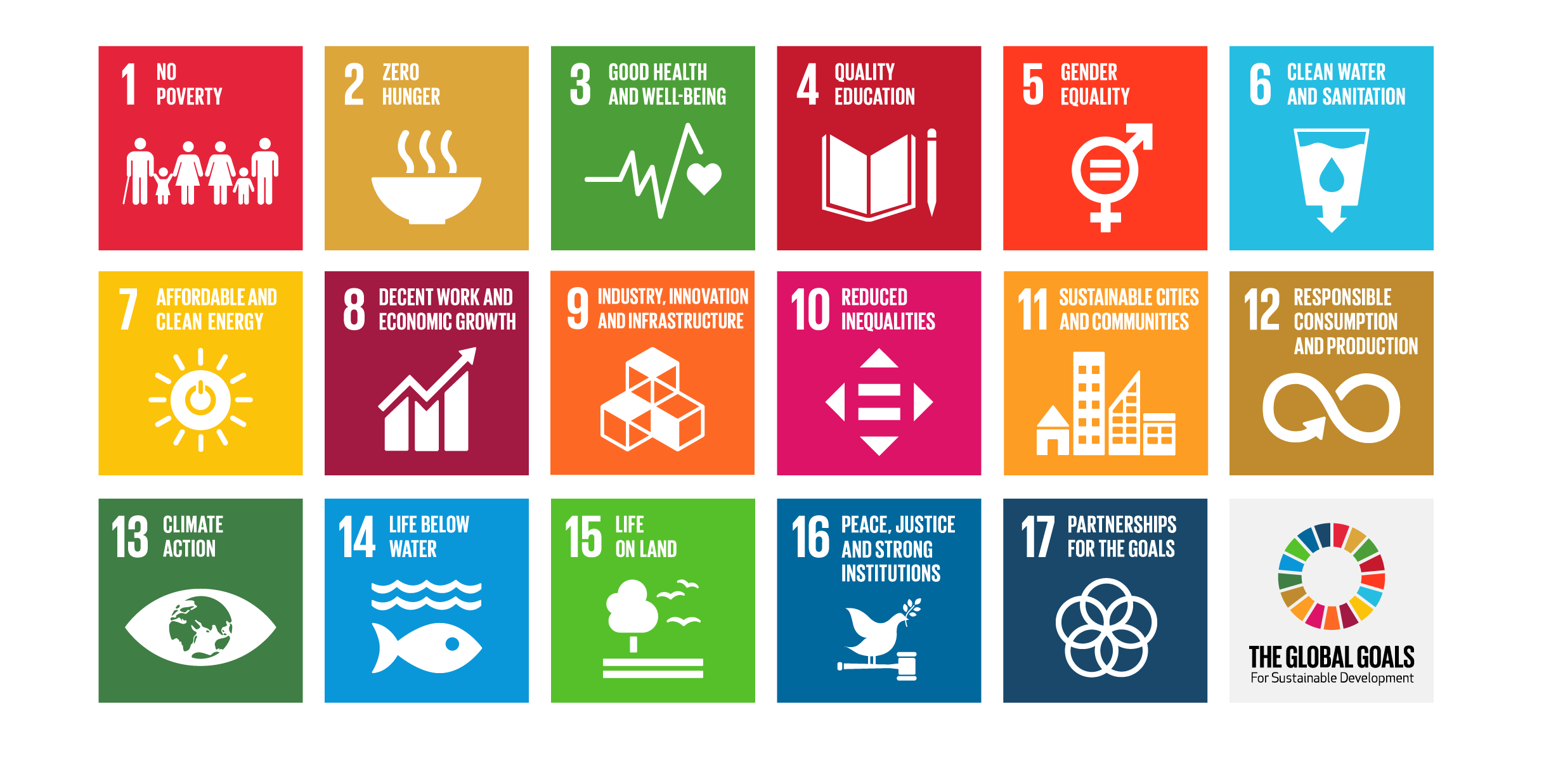International Institute for Applied Systems Analysis (IIASA) researchers have published a study that seeks the most efficient pathway to achieving Sustainable Development Goal 6, while still meeting Paris Agreement targets on energy.
The research, Balancing clean water-climate change mitigation trade-offs, was a collaboration between researchers from IIASA’s Energy, Water, and Transitions to New Technologies research programs and undertaken as part of the Integrated Solutions for Water, Energy and Land (ISWEL) Project. The researchers took an integrated, or nexus, approach, looking at all the different elements within the water, energy, and climate goals in an effort to balance the needs of each.
“The results of our analysis show that combining clean water and climate policies can increase implementation costs, but these increases are relatively small in comparison to the cost for implementing each policy on its own,” said Simon Parkinson, a researcher from IIASA and the University of Victoria, who led the study. “Finding and improving synergies between decarbonization and water efficiency is crucial for minimizing joint policy implementation costs and uncertainties.”
The international team enhanced the MESSAGEix-GLOBIOM integrated assessment model to account for changes in global water use as a result of socioeconomic change and the SDGs, and to link the projections to water availability, and the cost, energy, and emissions impacts of future infrastructure systems. The scenario for population and economic growth was taken from the Shared Socioeconomic Pathways (SSPs) to look at different ways the world and society could progress. Policies consistent with the Paris Agreement and SDG 6 were also included in the analysis.
Three water sector development scenarios were developed to compare the costs and impacts: Baseline, which as the name suggests, implies business-as-usual; SDG6-Supply, which incorporates the baseline water use projections, but includes the expansion of technologies to mitigate growth in water demand; and SDG6-Efficiency, in which society makes significant progress in reaching sustainable water consumption across all sectors.
The model showed that under a middle-of-the-road human development scenario, around US $1 trillion per year will be needed to achieve the SDG 6 goals by 2030. Incorporating the climate targets consistent with limiting climate change to 1.5 degrees Celsius will increase these costs further by 8 per cent. The cost of operating and transforming energy systems increases by 2–9 per cent when the SDG 6 goals are added, compared to a baseline situation where the SDG 6 targets are not included. This is largely due to the need for energy-intensive water treatment processes and costs from water conservation measures.
For example, water pumping and treatment plants could be operated flexibly to provide important on-demand services to the electricity grid, which supports integration of renewable energy sources such as wind and solar. The researchers say that water and energy planners need to work more closely together to make sure that the development of water and energy systems taps into these and other opportunities and is consistent with the SDGs.
“The results emphasize water conservation across sectors is key to reducing potential trade-offs, particularly in water stressed regions where the SDG 6 targets might require use of energy-intensive water technologies, such as wastewater recycling and desalination,” said Yoshihide Wada, deputy director of IIASA’s Water Program and coauthor on the study.









